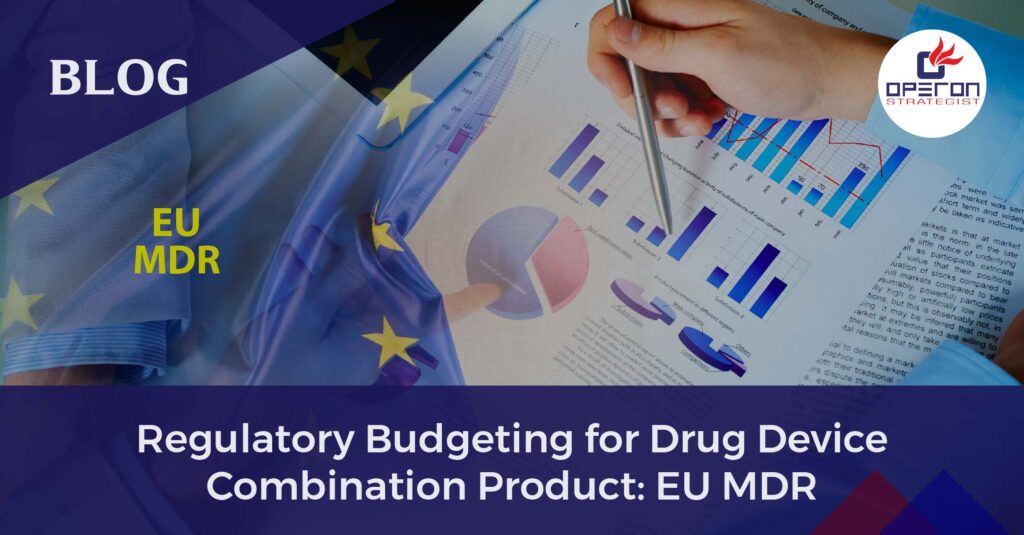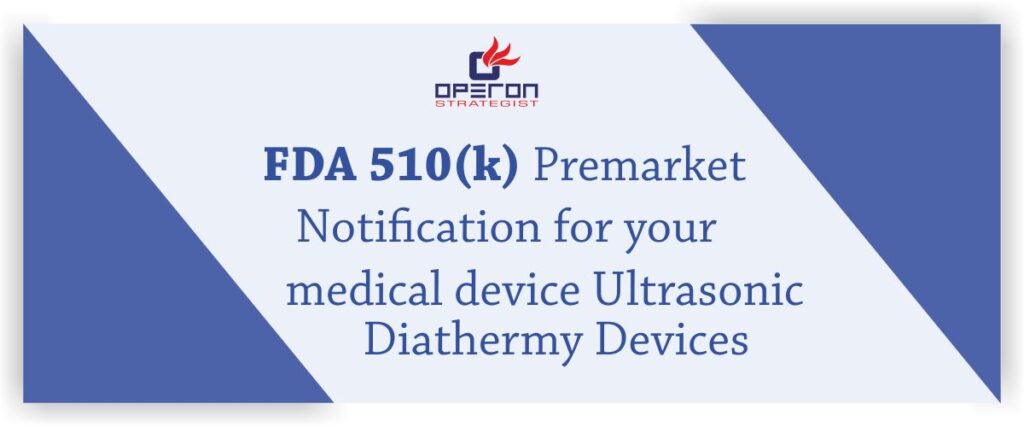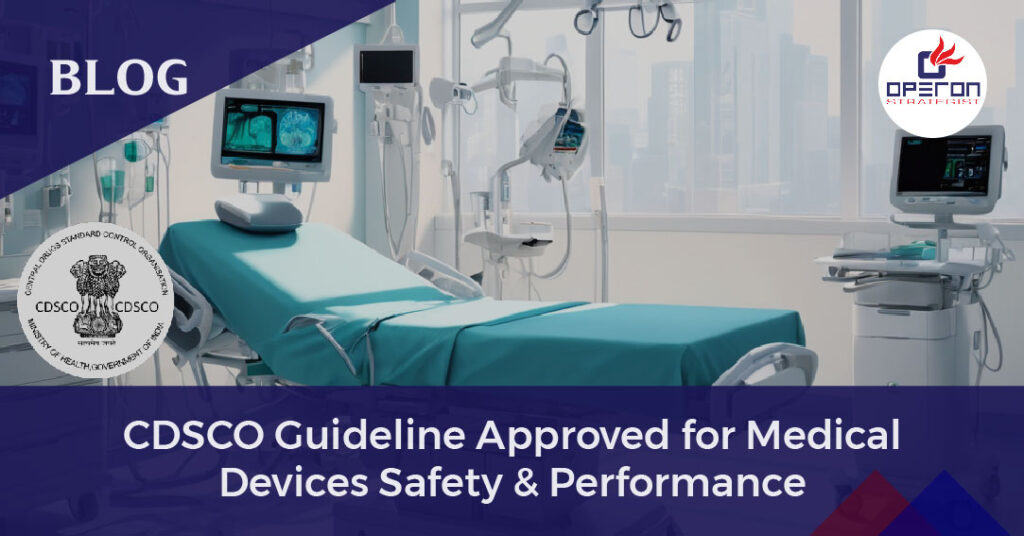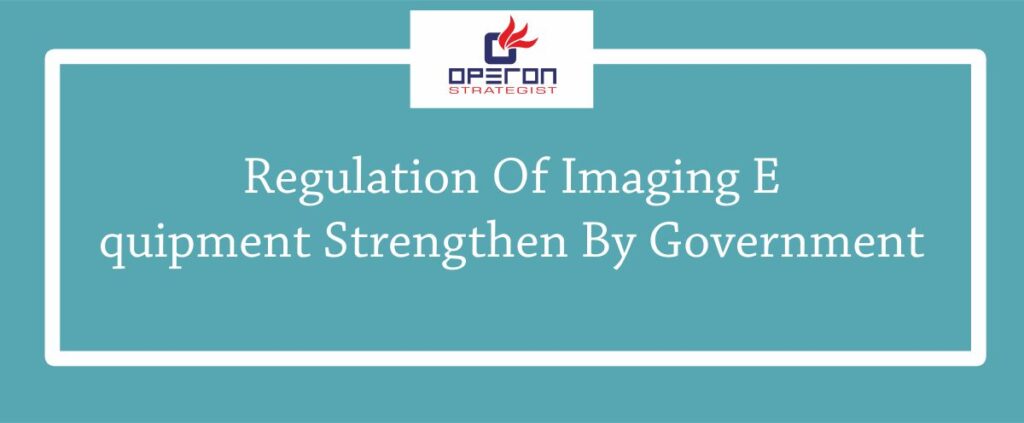Introduction to Regulatory Budgeting for Drug Device Combination Products :
The research, development and commercialization of drug-device combination products is gearing up in the pharmaceutical industry. These products offer unique therapeutic advantages and improved patient outcomes, but they also come with complex regulatory requirements and financial considerations for certain country approvals. In this blog, we will explore the key cost and budgeting factors associated with drug-device combination products, focusing on compliances for device part, involvement of notified bodies, testing laboratories, and additional regulatory compliance.
Looking For Consultants?
Let’s have a word about your project
Device Part Compliance
The device part of a drug-device combination product plays a pivotal role in ensuring the product’s safety, efficacy, and reliability. Achieving device part compliance can be a significant cost driver in the overall development process. Here are some important points to consider:
- Design and Development Costs: Developing a compliant device component often requires special expertise, which may involve hiring engineers and designers with knowledge of medical device regulations. These experts help ensure that the device part meets the necessary quality standards, such as ISO 13485.
- Regulatory Submissions: Preparing and submitting regulatory filings, can be a time-consuming and costly process. These submissions are essential for demonstrating the safety and effectiveness of the device component.
- Quality Management Systems: Implementing quality management systems (QMS) is crucial for maintaining device part compliance. This includes ongoing processes for quality control, risk management, and post-market surveillance.
Involvement of Notified Bodies
When developing drug-device combination products, pharmaceutical companies often need to engage with these organizations. Here are some budget considerations:
- NB Certification Fees: These organizations charge fees for the assessment and certification of the device component. These fees can vary widely based on the complexity of the device and the geographic region in which it will be marketed.
- Regulatory Guidance: Seeking regulatory guidance from consulting companies can help manufacturers navigate the complex regulatory landscape.
Operon Strategist, a leading medical device consultancy, specializes in providing regulatory consultation services for drug-device combination products. With a decade of valuable expertise in this domain, we are well-prepared to assist you.
Enhance Your Product Development With Operon Strategist’s Regulatory Guidance.
- Time and Resource Allocation: Engaging with certification bodies can lead to additional time and resource investments, as manufacturers must be prepared to address any concerns or deficiencies identified during the certification process.
- EU Representative Cost: The manufacturers need to appoint an Authorized Representative in Europe for device compliance.
Testing Laboratories
Extensive testing is essential to demonstrate the safety and effectiveness of a drug-device combination product. This testing includes biocompatibility, mechanical testing, and usability studies, among others. Here are some key considerations related to testing:
- Test Costs: The expenses associated with various types of testing can significantly impact on the budget. Costs may include test equipment, materials, laboratory fees, and expert resources for data analysis and interpretation.
- Protocol Development: Creating robust testing protocols that meet regulatory requirements is crucial but can be resource-intensive.
- Testing Iterations: In some cases, multiple rounds of testing may be required to address deficiencies or refine the product design, further increasing testing costs.
Additional Regulatory Compliance
Beyond traditional drug and device regulations, drug-device combination products must comply with specific guidelines. This adds an extra layer of regulatory complexity and cost:
- Cross-Functional Expertise: Manufacturers may need to hire regulatory professionals who are well-versed in both pharmaceutical and medical device regulations to ensure compliance.
- Post-Market Surveillance: Ongoing monitoring of the product’s performance and safety is essential, potentially requiring the allocation of resources for adverse event reporting and data analysis.
- Labeling and Marketing Compliance: The product’s labeling and promotional materials must align with the combined drug and device regulatory requirements, which may necessitate additional resources for review and approval.
Conclusion:
Developing and bringing drug-device combination products to market involves navigating a complex landscape of device compliance, engagement with certification bodies, testing laboratory requirements, and additional regulatory compliance. Pharmaceutical companies should carefully budget for these factors to ensure their product’s success and mitigate potential setbacks. While the costs and budgeting may seem daunting, they are necessary investments to ensure the safety, efficacy, and marketability of these innovative healthcare solutions. By understanding these key considerations, manufacturers can plan effectively and navigate the unique challenges of this exciting field.
Developing an EU MDR drug-device combination product? Ensure compliance and success with Operon Strategist’s expert regulatory guidance. Contact us today to discuss your project needs.
- adminhttps://operonstrategist.com/author/admin-2/
- adminhttps://operonstrategist.com/author/admin-2/
- adminhttps://operonstrategist.com/author/admin-2/
- adminhttps://operonstrategist.com/author/admin-2/




